Humans possess an innate affinity for the natural world, that is rooted in our evolutionary history. The close relationship our ancestors had with the natural world was necessary for their survival.
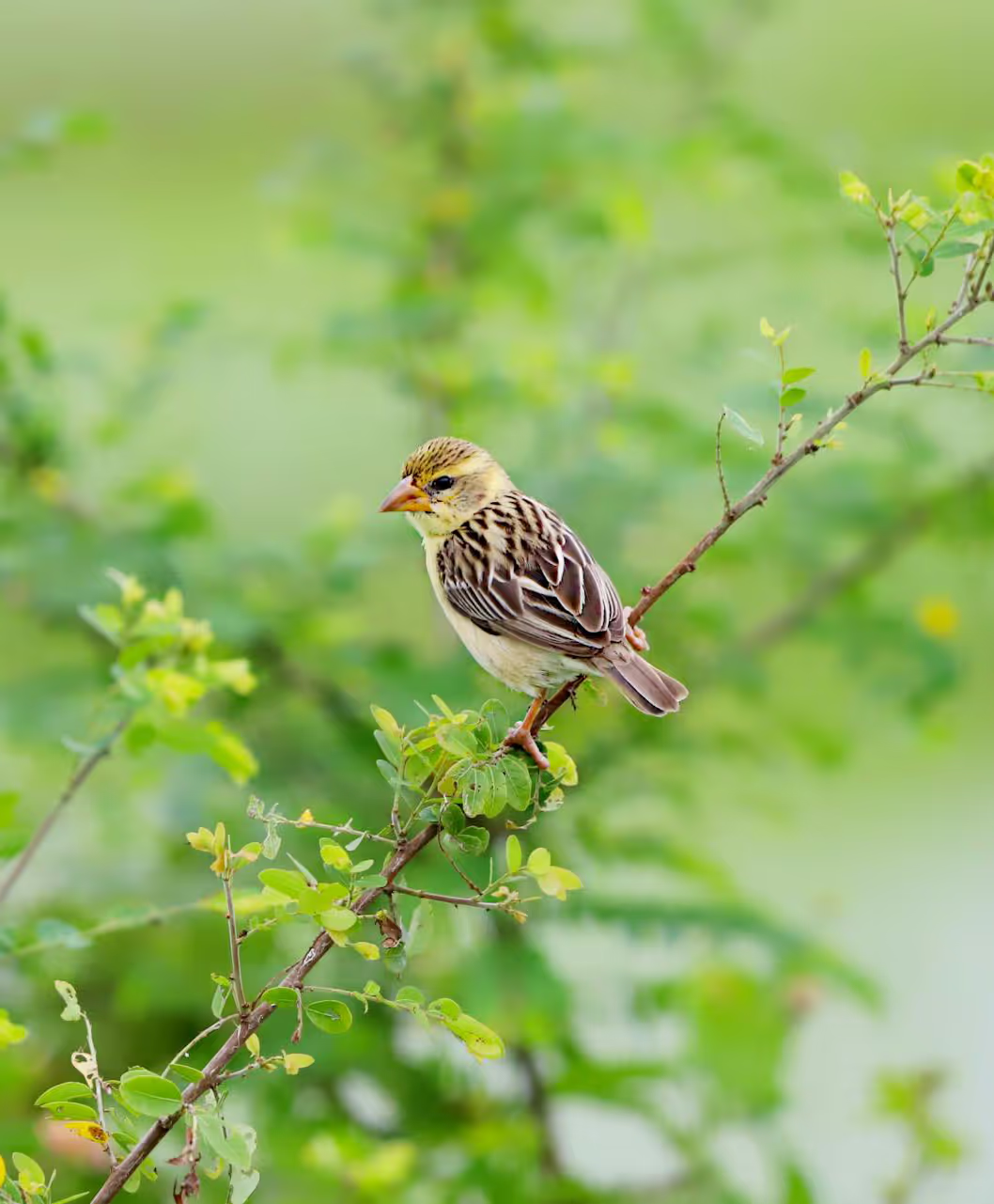
CREDIT: Dropshadow
... whether it’s going for a scenic walk, doing a spot of gardening, or simply sitting outside with a cup of tea, listening to the birds. I love a wildlife programme too.
When gardening, I become lost in the beauty of nature and often find it hard to pull myself away. It’s not uncommon for me to even forget to eat and drink because I’ve become so immersed.
Gardening programmes frequently remind us how gardening can be a huge benefit to our mental wellbeing and physical health. I couldn’t agree more.
I adore green – it’s my favourite colour. It soothes and relaxes me and I find it refreshing and uplifting. Green is tranquil but at the same time a stimulating colour which brightens my mood.
Have a think about how much time you spend inside on an average week. I bet it's a lot more than you might realise!
It is estimated that people spend 90% of their time inside. Our distant human ancestors lived in natural environments, but modern man has shifted towards an urbanised lifestyle, spending most of the day confined inside manmade constructions, whether that’s home, work or a car.
We can’t change the fact that we need to work, cook, clean and have families to look after; young and old. Most of us lead busy lives that don’t allow us to while away hours on end outdoors.
What does the photo at the top of this page make you feel? Hopefully, a longing to see a view like that.
So, if we all want to feel more connected with nature but lack the time, what can we do to help?
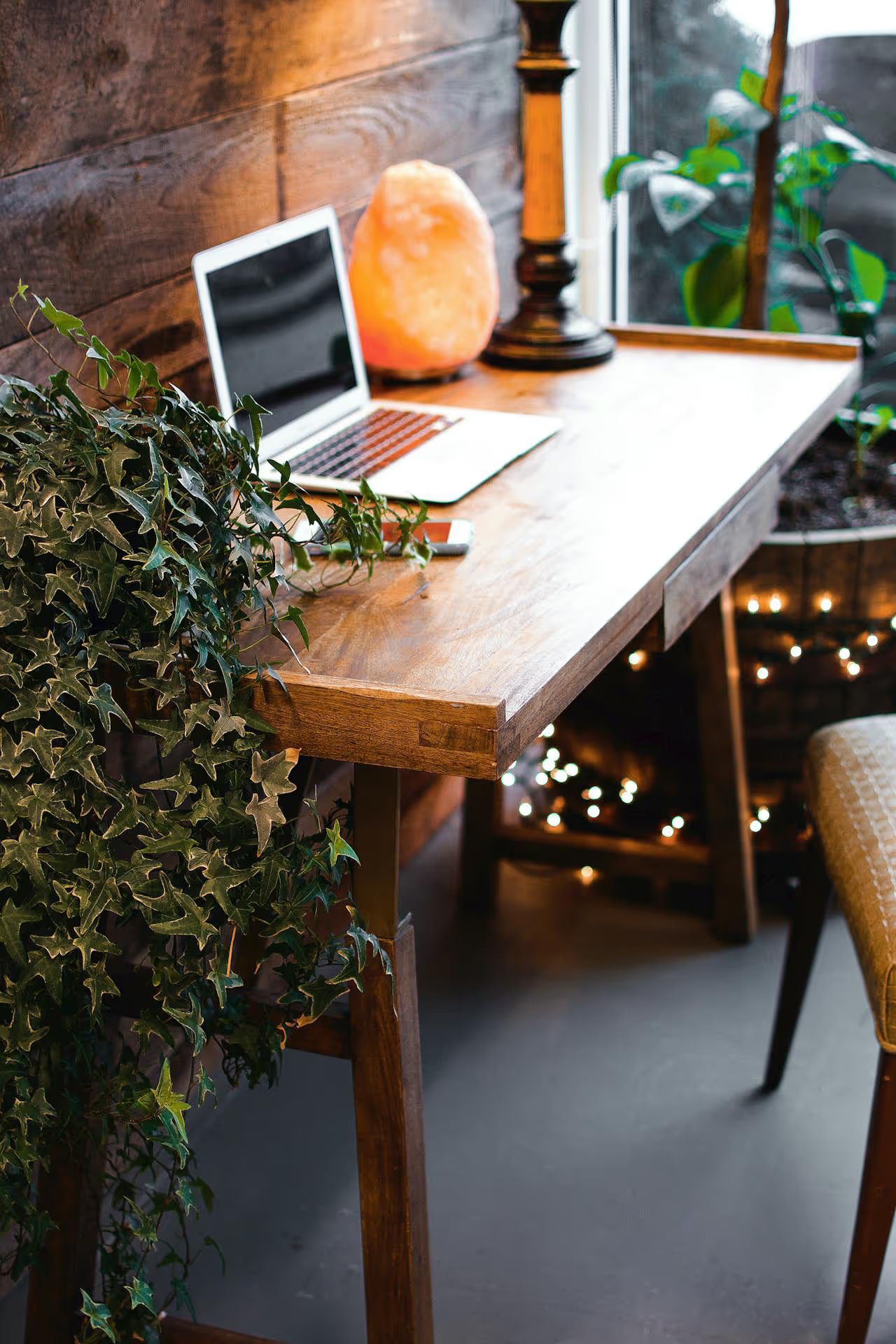
CREDIT: Andrea Davis

CREDIT: Kampus Production
Biophilia literally means “love of life" and comes from the Greek words ‘bios’ and ‘philia’, meaning “life” and “love of”.
The term ‘Biophilia’ was first used in 1973 by Erich Fromm, a German-American social psychoanalyst and humanist. He described the intrinsic human connection that we feel towards nature and other living organisms.
Renowned biologist Edward O. Wilson then popularised the concept in his 1978 book ‘On Human Nature’. But it was in 1984, in his book ‘Biophilia’, that he explored the idea that humans possess an innate affinity for the natural world, that is rooted in our evolutionary history. The close relationship our ancestors had with the natural world was necessary for their survival.
Wilson’s theory suggests that humans, as a species, are consciously and subconsciously drawn to the diversity of life forms, ecosystems, and the overall beauty of the natural world. But far from being a cultural or intellectual appreciation for nature, he argued that connecting with nature can have profound implications for human wellbeing, mental health and quality of life. It is a fundamental part of our biology and psychology.
And that’s not just humans – you’ve only got to look at the psychological effects on some animals when confined longterm in a zoo.

CREDIT: Chad Powell Photography

CREDIT: Pixabay
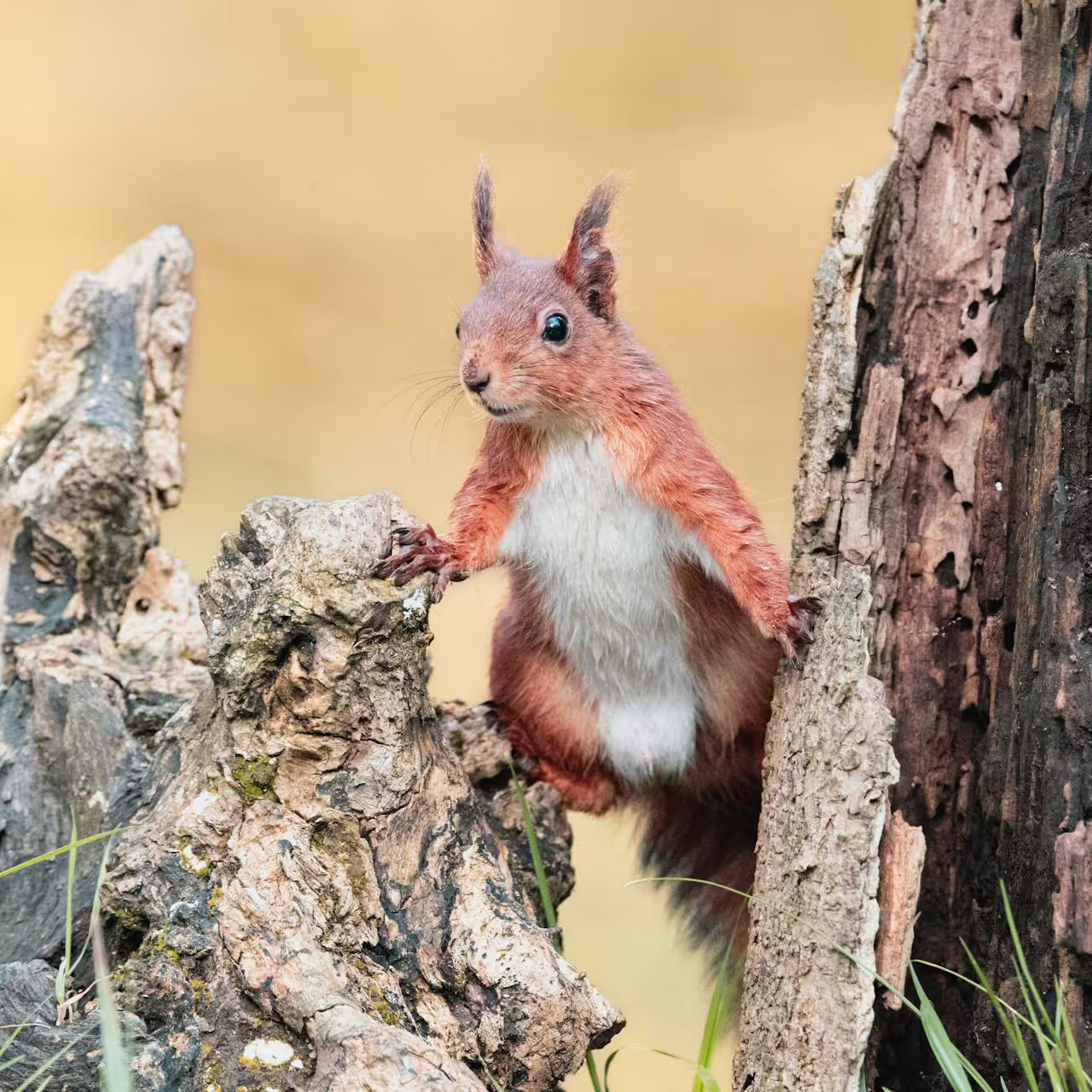
CREDIT: Denis LEFEVRE
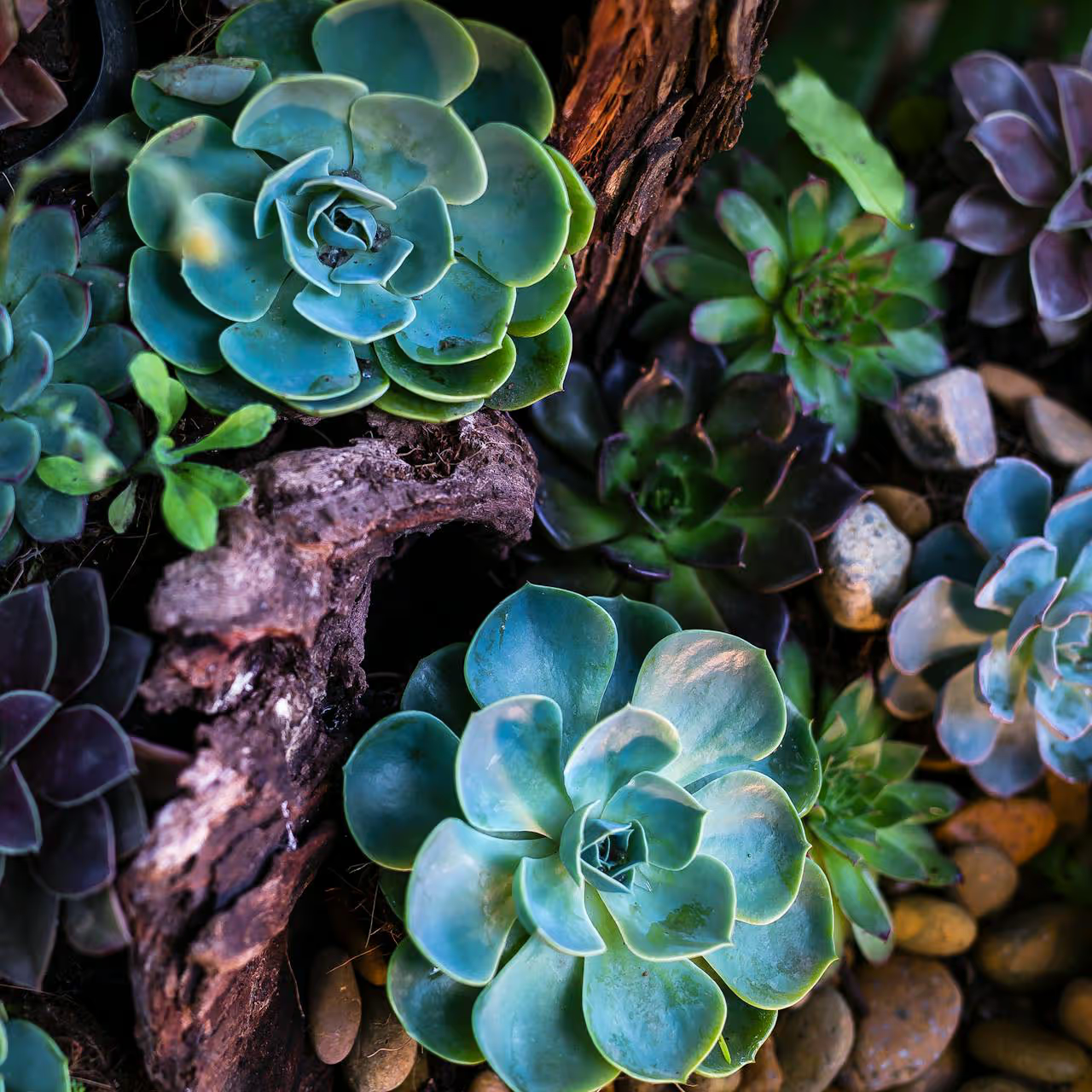
CREDIT: Quang Nguyen Vinh

CREDIT: Karolina Grabowska
Worryingly, more recent scientific research is finding that the more time humans spend time indoors, and become ever more reliant on technology, there is a diminishing desire to actually interact with the natural world.
It has even been cited as a potential contributing factor to environmental destruction and the rapid rate of species extinction, where some humans have a decreased appreciation for the wildlife that in fact supports human survival.
Each new generation seems to be ever more reliant on electronic devices. So it's a huge concern if future generations lose their connection with nature.

CREDIT: Tima Miroshnichenko
The origins of Biophilic design stem from the world of architecture, and a sustainable approach to building design.
Whereas green architecture is about lessening the environmental impact of construction, biophilic design takes it another step by reconnecting humans with the natural world to create a calming space that improves wellbeing, reduces stress, and enhances productivity.
Although I say a ‘new’ concept, the Hanging Gardens of Babylon is hardly recent. But biophilic design has really begun to catch on this century as today’s architects and designers find better ways to create urban environments to solve the ever growing need to house more and more humans – in homes and at work – but which benefit our health and enrich our lives.
Biophilic design is achieved through combination of ‘direct nature’, ‘indirect nature’, and ‘space and place’.
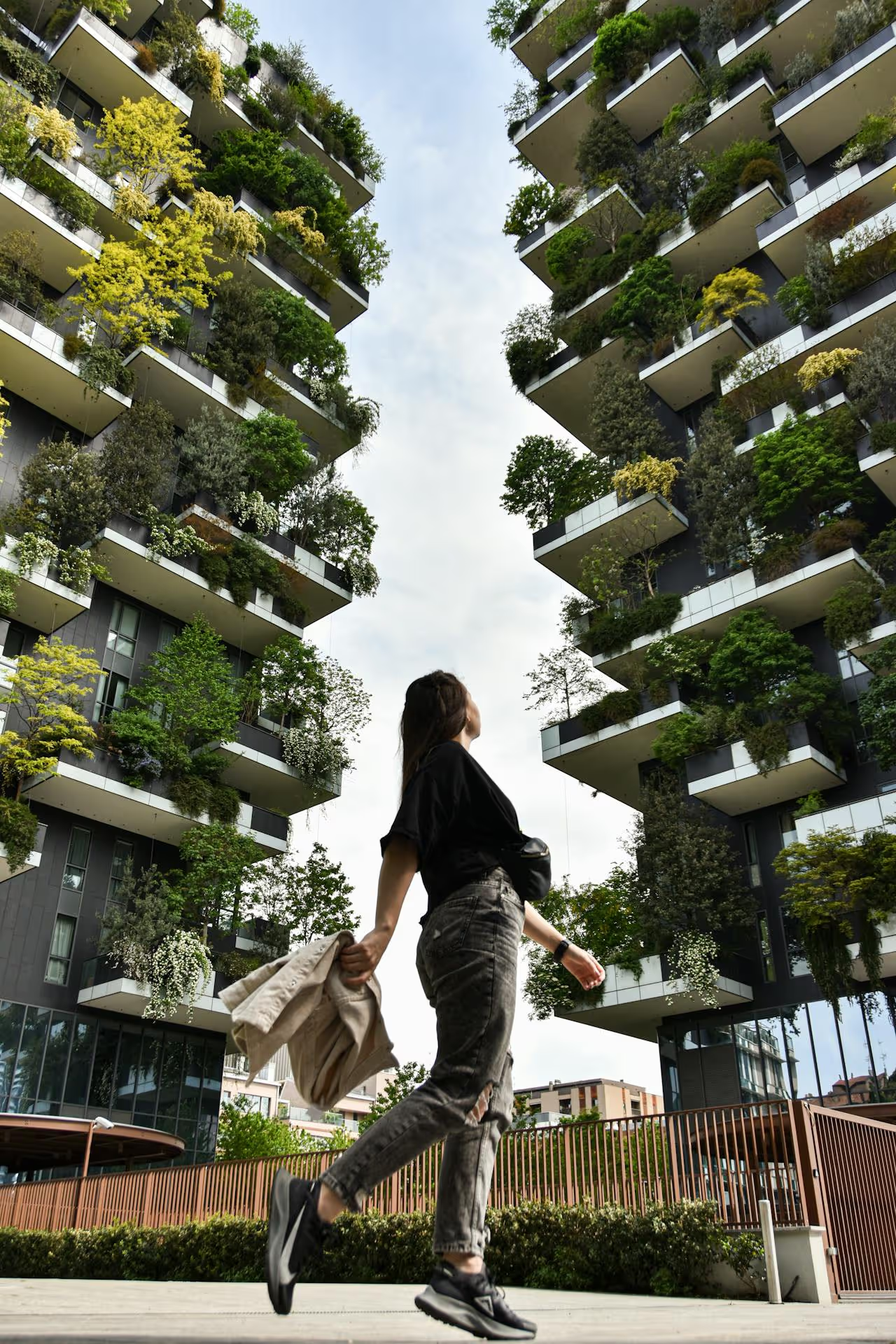
CREDIT: Valeria Boltneva
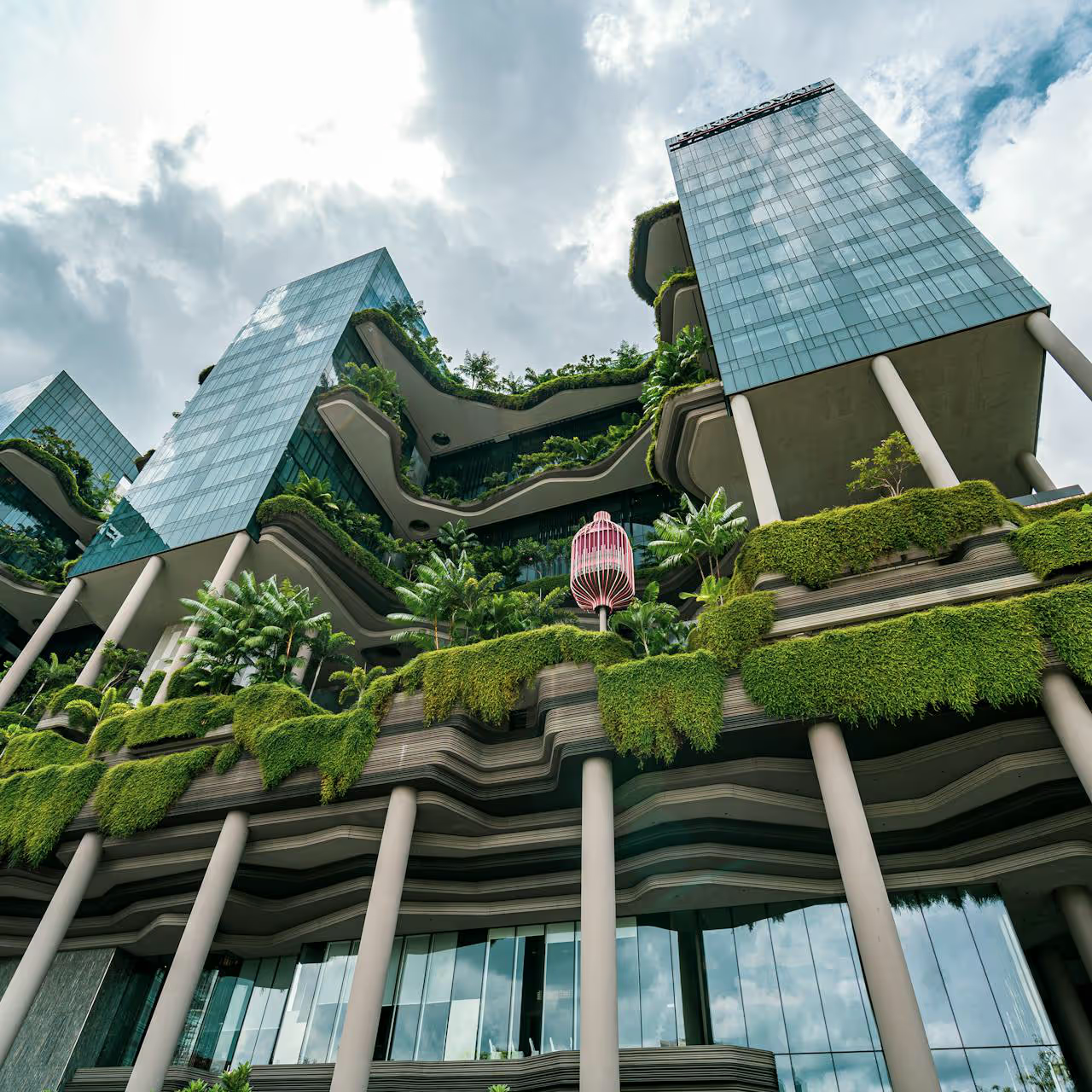
CREDIT: Cyrill
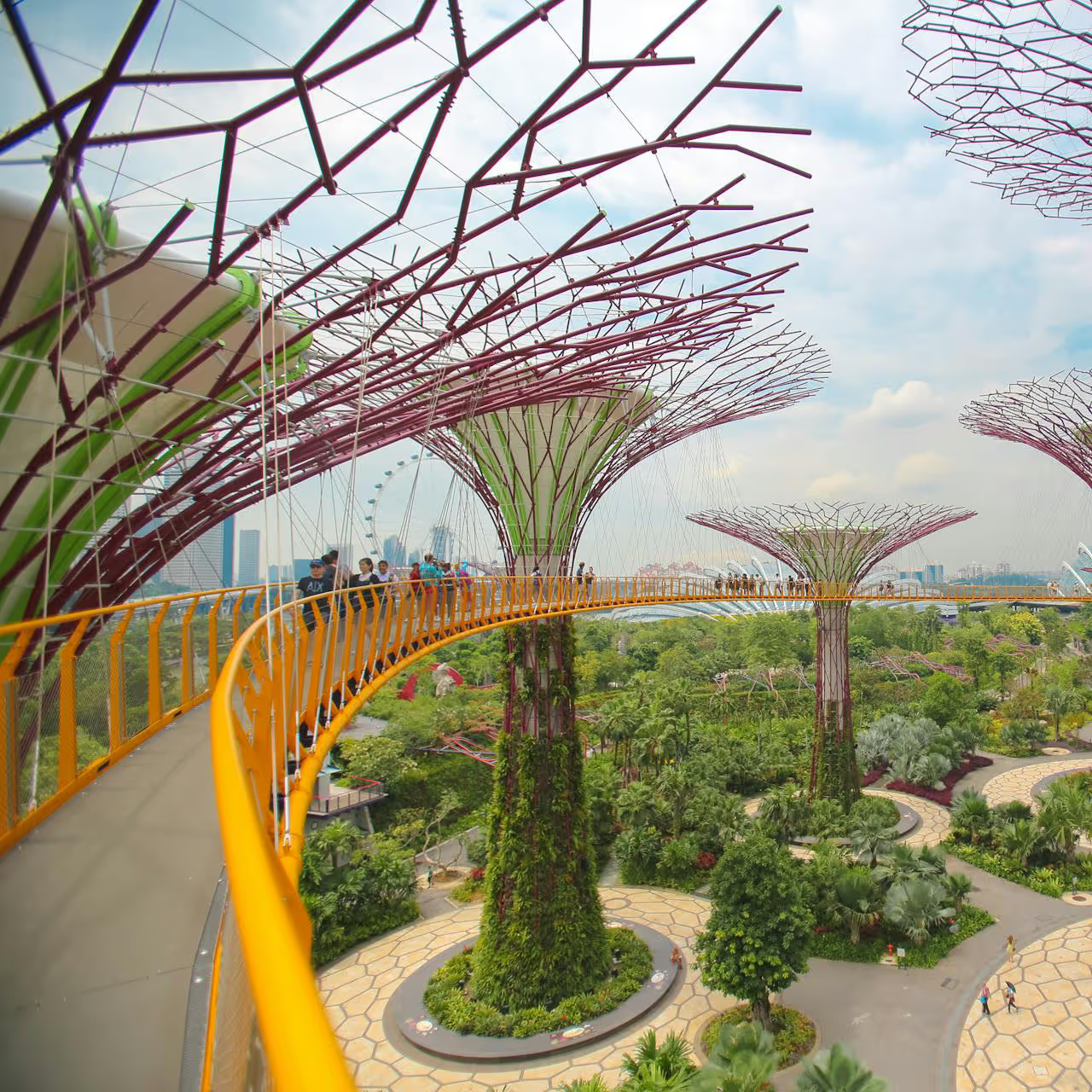
CREDIT: Vitalina
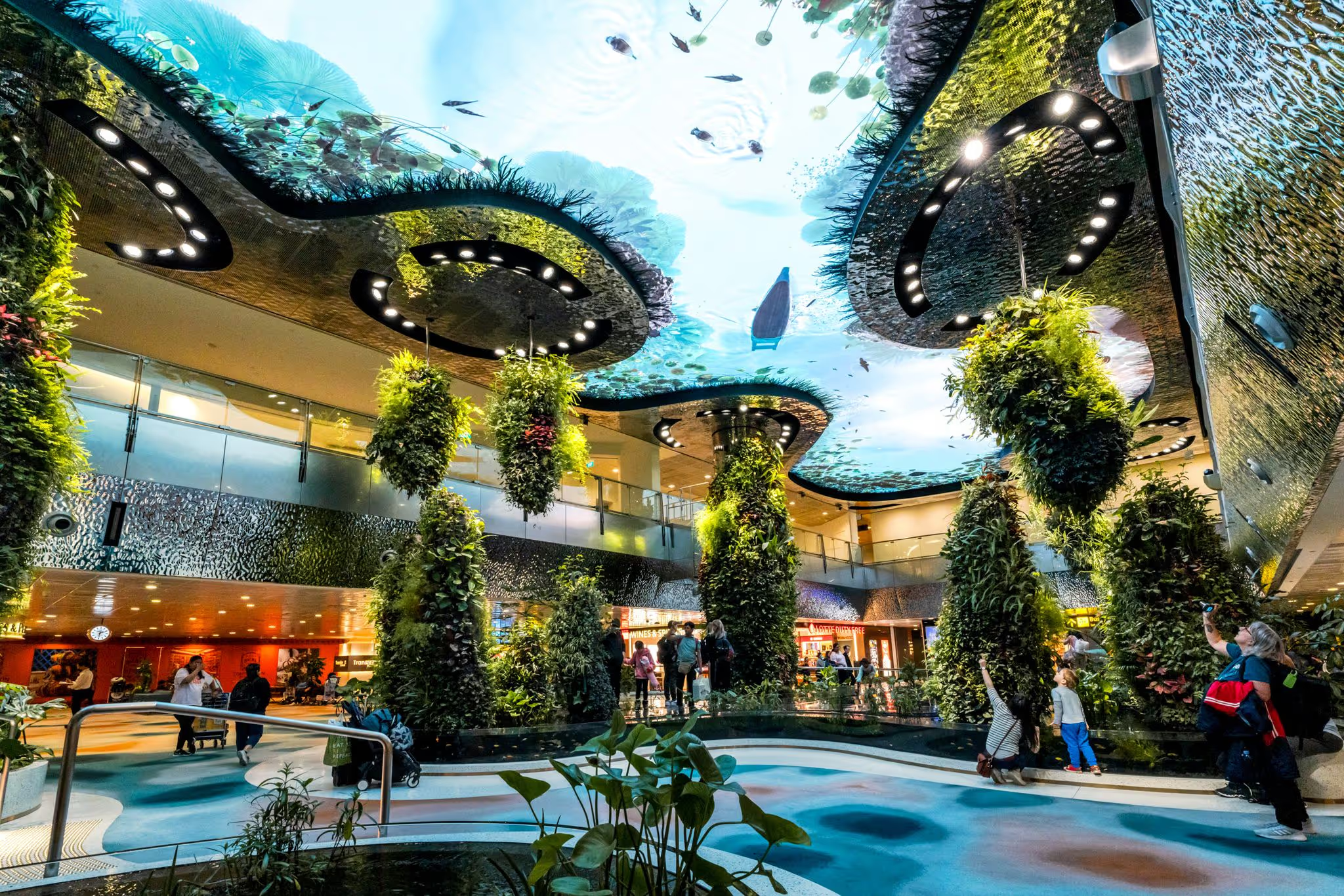
CREDIT: Changi Airport Group – Fabian Ong
DIRECT NATURE refers to a tangible contact with nature by means of natural light, clean and fresh air, the sound and sight of water, introducing abundant vegetation to the inside and outside of buildings, and seeing animals even if that’s merely an aquarium or feathered friends on a bird feeder.
INDIRECT NATURE is having a connection using created images or representations of nature, such as paintings or photographs and even sculpture, introducing natural and organic materials such as stone and wood, and using soothing colours from nature such as green, blue and earthy tones.
SPACE AND PLACE is more about the surroundings of a building. For instance, commercial architectural projects like public parks or offices, where people often spend a lot of time. It is important to create a sense of space, and design a place that connects culturally to its occupants.
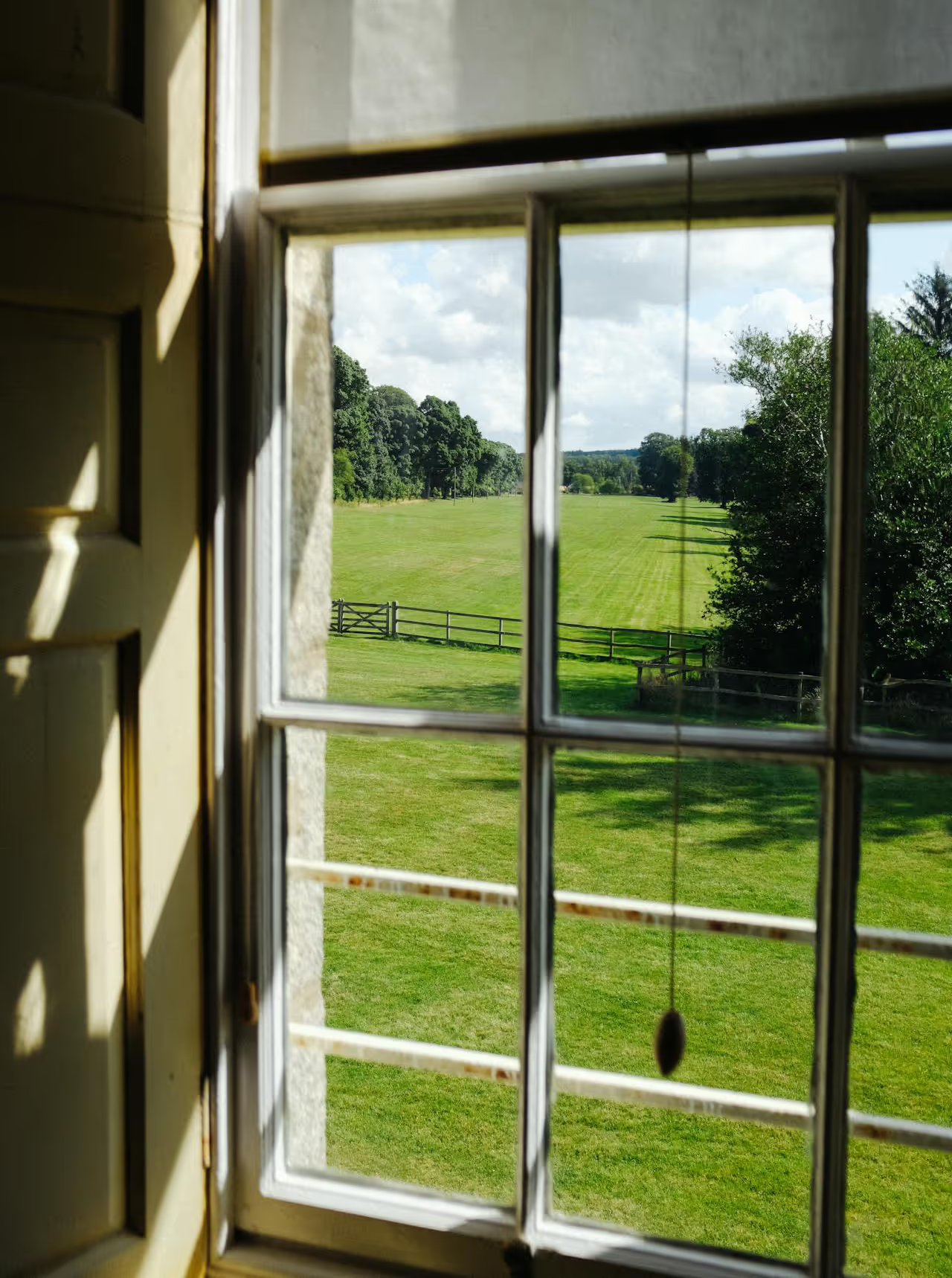
CREDIT: Adrien Olichon
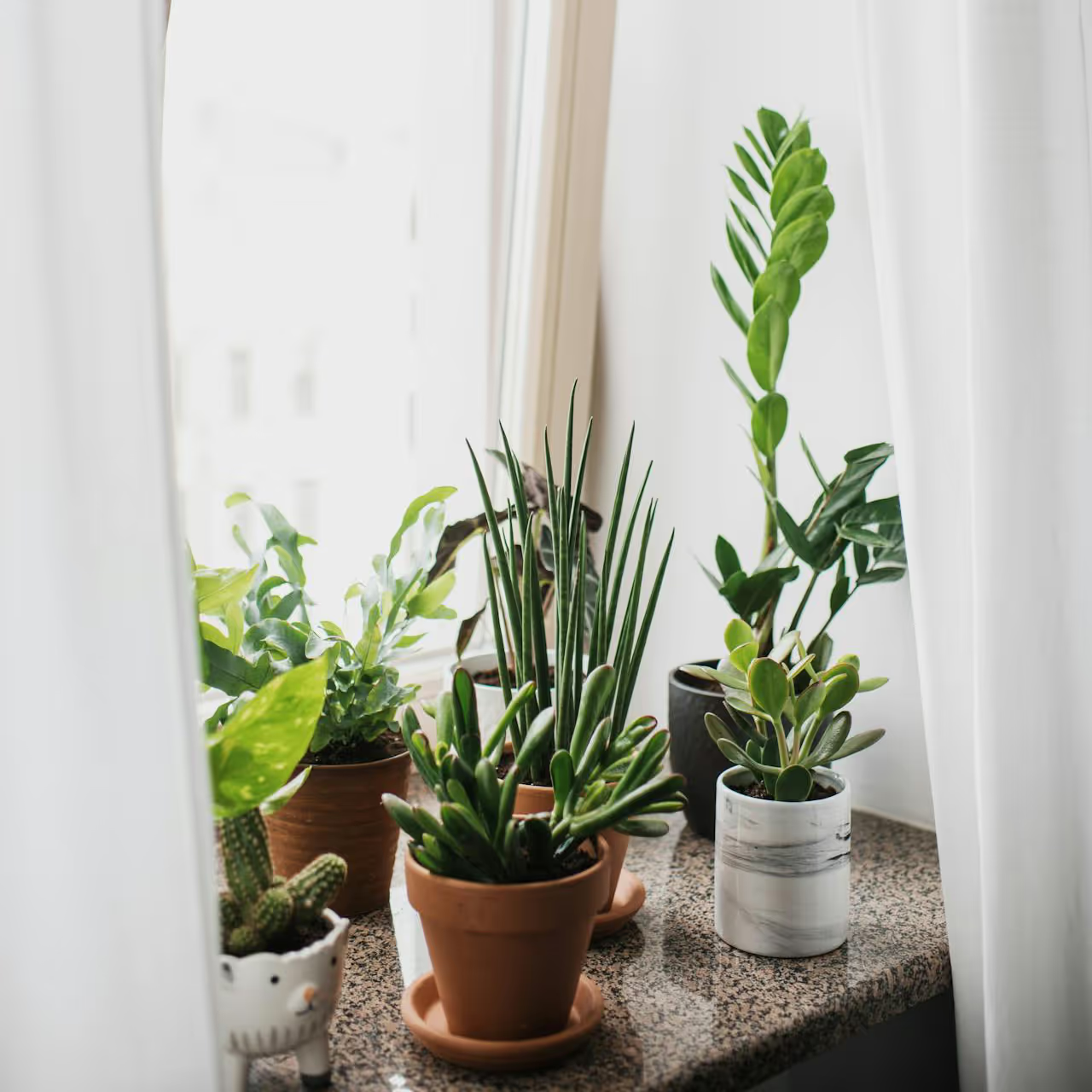
CREDIT: Ksenia Chernaya
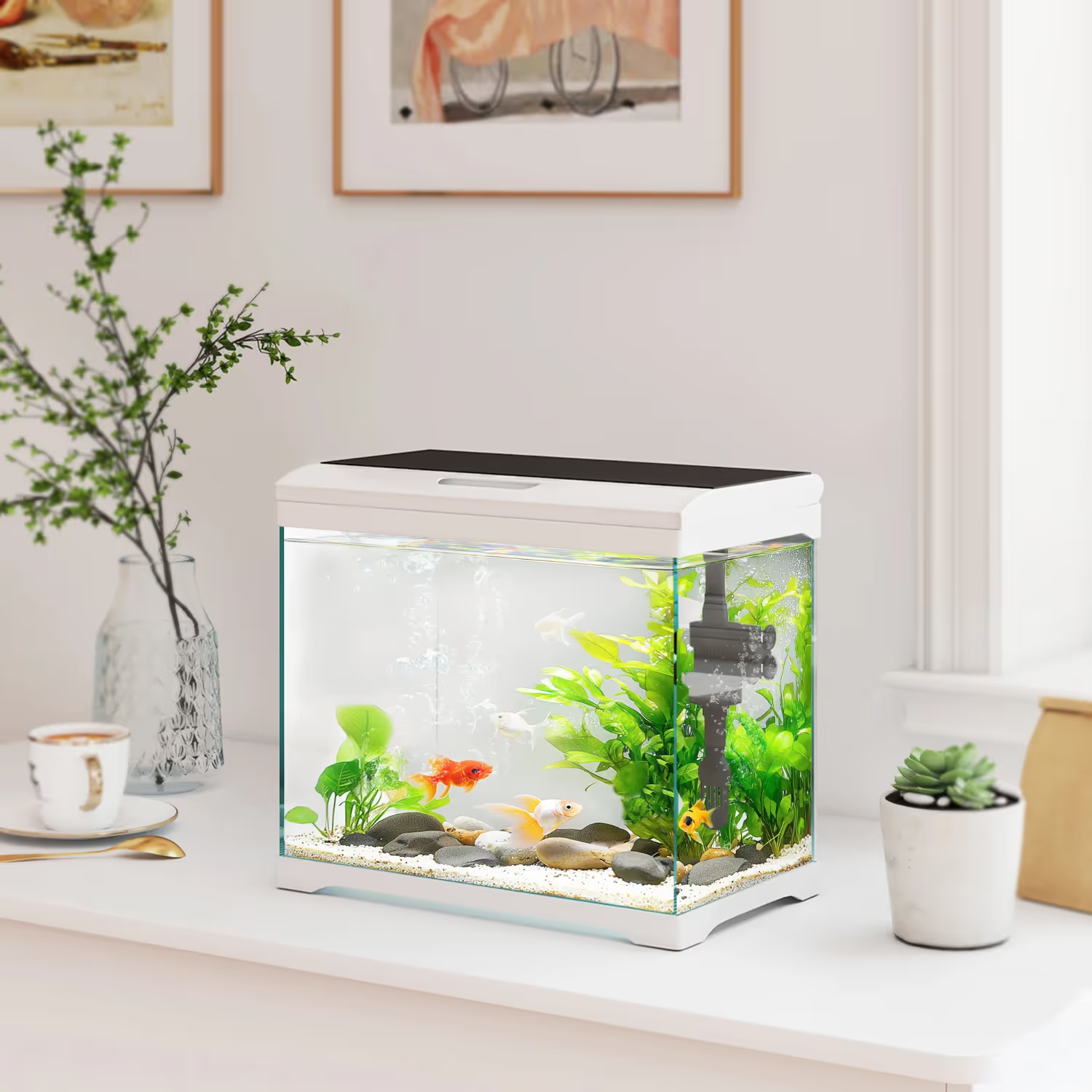
CREDIT: PawHut

CREDIT: Future
Biophilic design isn’t just about style – it’s about creating spaces that help us feel calmer, healthier, and more connected to the world around us. By weaving natural elements into our interiors, we bring balance into our daily lives and shape homes that truly nurture our wellbeing.